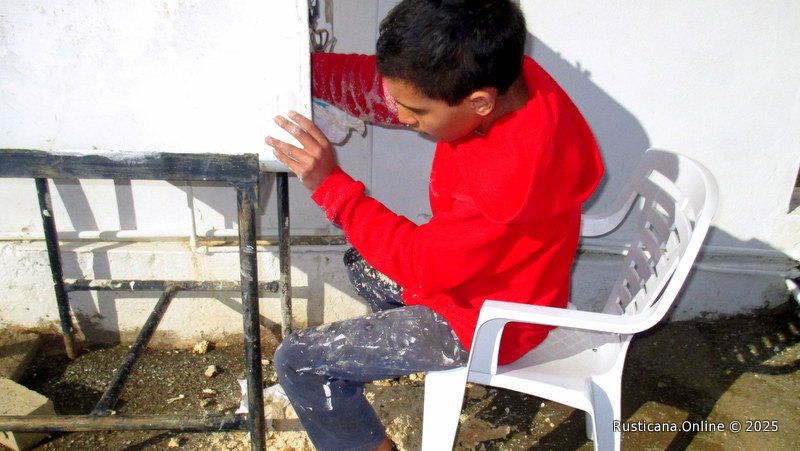The Unwelcome Surprise!
It was supposed to be a relaxing winter escape from the city grind. My wife, son and I packed up the car and hit the road for Brandvlei at 4:30 AM, hoping to beat the traffic and enjoy a peaceful getaway. The air was crisp, and the pre-dawn chill was a stark reminder that winter had truly arrived. We envisioned cozy evenings, and, of course, soothing hot baths.
Two days into our much-anticipated holiday, disaster struck. The hot water cylinder in the main house, a relic that looked like it belonged in a museum, decided to call it quits. This geyser had to be at least 25 years old; honestly, it was a miracle it had lasted this long! My initial thought was, "Well, that's just typical, isn't it?" But then the practical side of me kicked in. No hot water in winter? That wasn't going to fly.
Being somewhat handy, I grabbed my multimeter and started doing some electrical tests. Power was definitely flowing to the unit. Next, I checked the water supply – yep, plenty of water coming in. That left only two culprits: the heating element or the thermostat. With a deep breath and a quick pep talk to my son, we decided to tackle it ourselves.
First, we drained the entire system, a surprisingly messy but necessary step. Then, with the main power switched off and the water supply isolated, we carefully unbolted the flange on the hot water cylinder. What we saw next was absolutely shocking, and not in the electrical sense!
Inside the cylinder was a colossal mound of limescale, a thick, chalky buildup that must have accumulated over decades. It had completely encased the heating element, rendering it useless. It was a stark visual representation of just how much mineral content was in the water. We knew right then and there that a new element wouldn't be enough; we had a serious cleaning job on our hands.
We made a quick trip to the local co-op, hoping they'd have the right replacement element, and thankfully, they did. Back at the house, my son, bless his patient heart, sat patiently in front of the cylinder and began the arduous task of hand-removing all that limescale. It was a gritty, mucky job, but he powered through it. After what felt like an eternity of scrubbing and flushing, we finally had a relatively clean cylinder.
With the new heating element installed and everything buttoned up, we reconnected the power and water. And just like that, the sweet, sweet sound of the geyser kicking back to life filled the air! What a relief! We had avoided a frigid holiday, and honestly, the satisfaction of fixing it ourselves was a bonus.
However, this whole ordeal was a real wake-up call about the actual quality of the water coming into Brandvlei. We know it's groundwater, and clearly, it's incredibly high in lime. It's concerning, especially since the local residents are drinking this water daily. While I'm not an expert, that amount of limescale suggests the water might have other issues.
I'm definitely planning to have the water tested by an independent laboratory in the near future. Our Constitution ensures safe drinking water for all South Africans, and if there's a problem, it's something the municipal authorities need to address. This little winter trip certainly turned into more of an adventure than we bargained for, and it’s given us something serious to think about beyond just relaxing!







